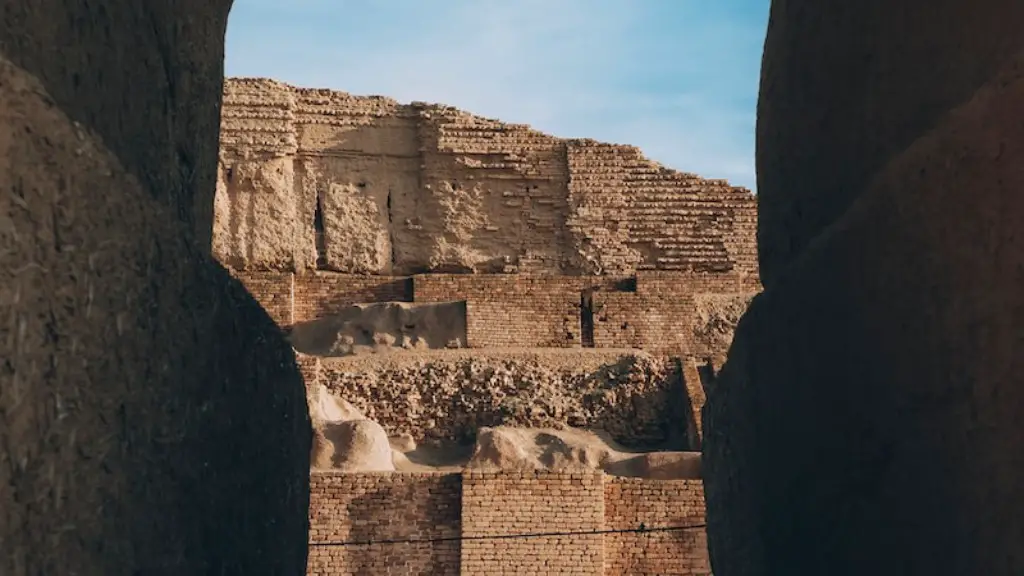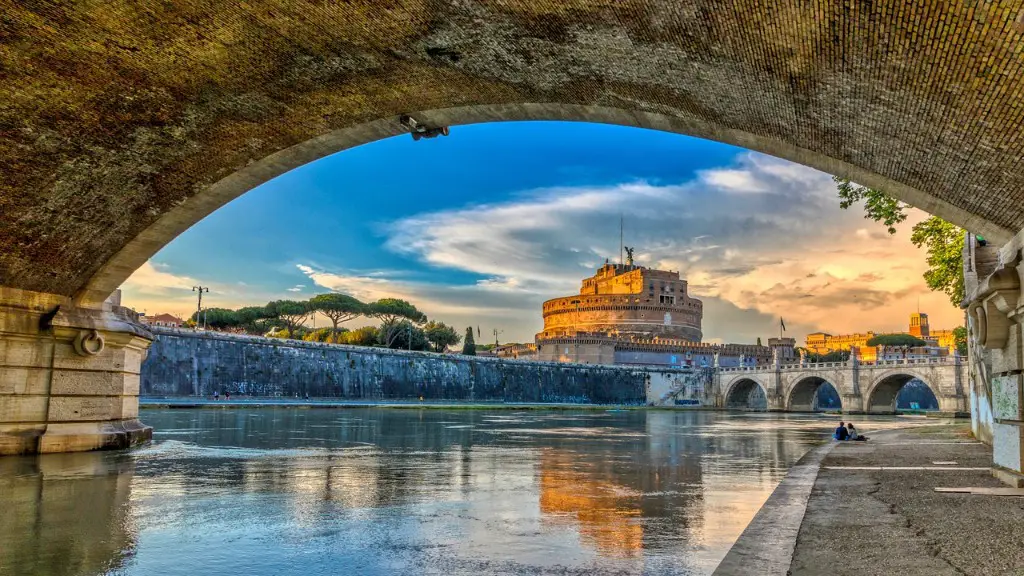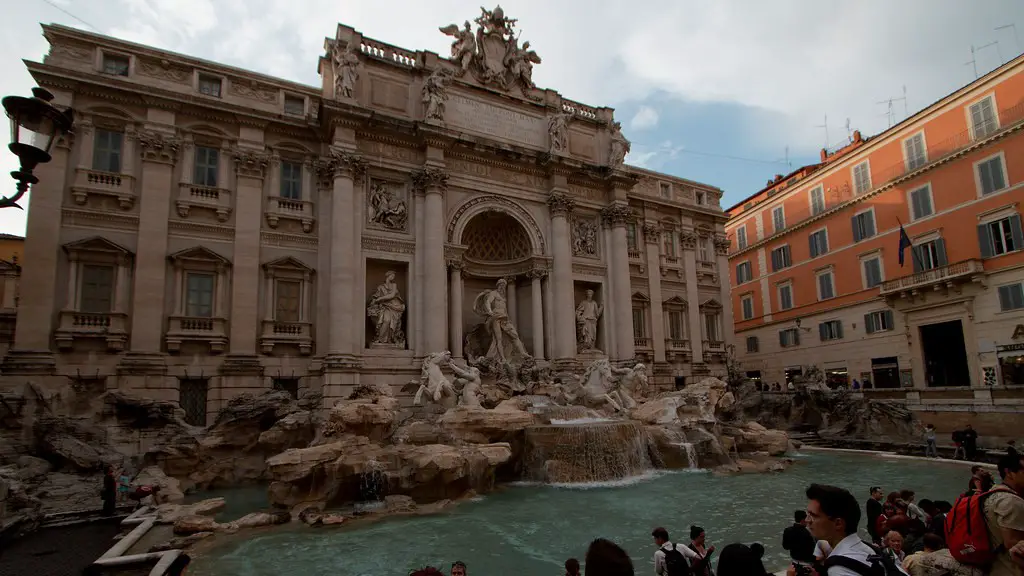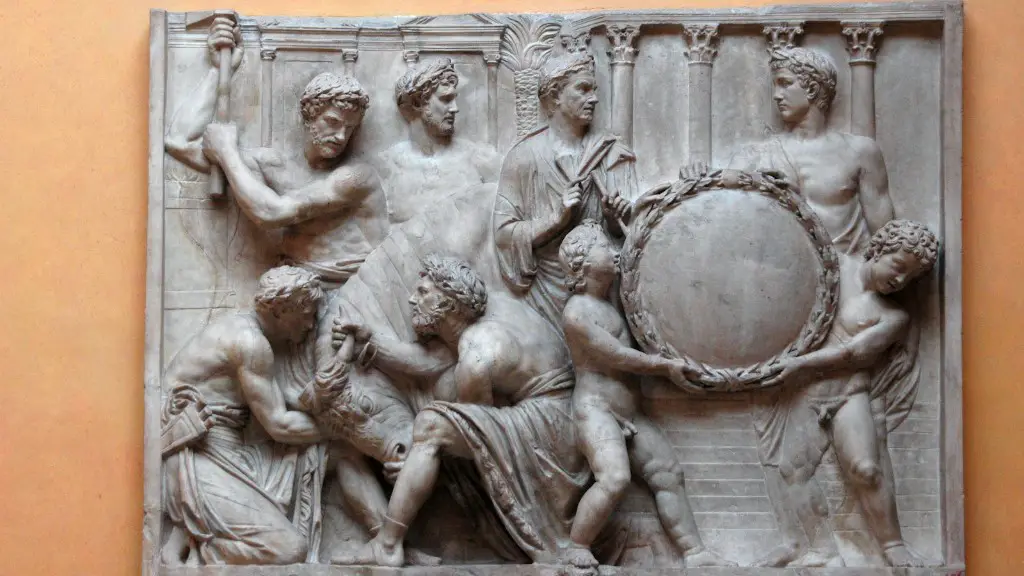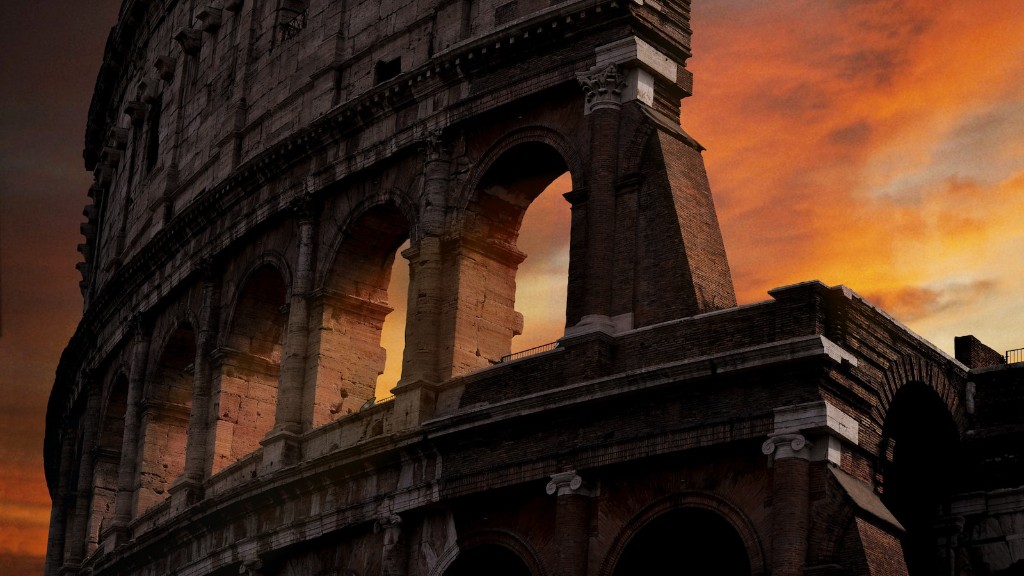Ancient Rome was one of the most powerful empires in the world for centuries. So what caused its rise? There are many factors that contributed to the rise of Ancient Rome. Some of these include: its location, its military prowess, its strong leaders, and its effective government. All of these factors (and more) allowed Ancient Rome to become one of the most impressive empires in history.
The roots of the Roman Republic can be traced back to the city of Rome itself. Rome was founded in 753 BCE by the twin brothers Romulus and Remus. The legend goes that the two were abandoned as infants in the area which would become Rome and were suckled and cared for by a local she-wolf. They grew to become strong young men and, when they learned of their true origins, decided to build a city on the site where they had been cared for. Romulus killed Remus and is said to have then named the city Rome after himself. Rome would grow to become one of the largest and most powerful cities in the ancient world. It was the largest city in Italy and served as the capital of the vast Roman Empire.
Who started the rise of the Roman Empire?
Augustus Caesar was the first emperor of Rome and one of the most influential figures in world history. He ruled for more than 40 years and oversaw the transformation of the Roman Republic into the Roman Empire. Augustus was a skilled military commander and a shrewd politician. He was also a great patron of the arts and literature. His reign was a period of peace and prosperity for the Roman Empire.
The Roman Republic was a period of time in which the government was run by a group of elected officials. However, over time, tensions began to grow within the government, eventually leading to civil wars between different factions. These wars eventually led to the transformation of the republic into an empire.
What caused the Roman Empire to rise and fall
The most straightforward theory for Western Rome’s collapse pins the fall on a string of military losses sustained against outside forces. Rome had tangled with Germanic tribes for centuries, but by the 300s “barbarian” groups like the Goths had encroached beyond the Empire’s borders. In 410, the Visigoths sacked Rome, and in 476, the last Roman emperor was overthrown by a Germanic prince. The Roman Empire never recovered from these defeats, and over the next centuries, it continued to shrink as barbarian groups seized more and more of its territory.
The Roman Empire was one of the most powerful empires of its time. From its founding in 625 BC to its fall in AD 476, the Roman Empire conquered and integrated dozens of cultures. The influence of these cultures can be seen in objects, such as oil lamps, made and used throughout the Empire.
What were the main factors that led to the rise of Rome quizlet?
Rome rose to power due to a number of factors. They were skilled diplomats and knew how to make deals that were beneficial to them. They were also willing to be ruthless when necessary in order to get what they wanted. They were also very shrewd in granting citizenship to people who were loyal to them. Additionally, they excelled in military affairs and were very persistent in creating a strategy that would allow them to conquer new territory.
The Roman Empire was one of the most powerful empires in the world for centuries. However, it eventually fell due to a number of different factors. Political instability, economic and social problems, and a weakening of the frontier all contributed to the decline of Rome.
Political instability was a major issue. The Roman Empire was constantly being invaded by outside forces. At the same time, there were often internal disputes and power struggles. This made it difficult for the empire to function effectively.
Economic and social problems also played a role in the decline of Rome. The economy was in decline, and many people were living in poverty. There was also a lot of social unrest. This made it difficult for the government to maintain control.
Finally, a weakening of the frontier contributed to the decline of Rome. The frontier was the line of defense against invaders. However, it became weaker over time, and this made it easier for invaders to penetrate the empire.
What is the rise and fall of Rome?
The ancient Romans were very successful in creating and maintaining a large empire. While other civilizations around them also had empires, Rome’s was by far the largest and most powerful. There are a number of reasons why Rome was more successful than other empires.
One reason was that Rome had a very strong military. They conquered many lands and added them to their empire. They were also very good at defending their own territory. They built strong walls and fortifications to keep out invaders.
Another reason for their success was that Rome had a strong central government. They had laws and systems in place that kept the empire running smoothly. They also had a large bureaucracy to handle the day-to-day operations of the empire.
Finally, Rome was very tolerant of different cultures and religions. They allowed conquered people to keep their own customs and religion. This made it easier for them to rule over a large and diverse population.
The Roman state approved of Christianity and undermined its religious traditions by doing so. The reason for this is because by this time, the Romans considered their emperor a god. However, the Christian belief in one god weakened the authority and credibility of the emperor.
When did ancient Rome rise
The ancient Romans were a remarkable people. They came from humble beginnings, growing from a small town on central Italy’s Tiber River into one of the largest empires in history. The Roman Empire at its peak encompassed most of continental Europe, Britain, much of western Asia, northern Africa and the Mediterranean islands. The Roman achievement was all the more impressive given the relatively primitive technology of their day. Nevertheless, the Romans were able to build a great civilization thanks to their strong work ethic, their willingness to adopt useful ideas from other cultures, and their dedication to the rule of law.
Augustus was a very important ruler in Ancient Rome. He established an autocratic form of government, where he was the sole ruler and made all important decisions. Augustus was a very effective ruler and was able to bring peace and prosperity to Rome.
What are 5 facts about ancient Rome?
Rome was founded in 735 BC, but many historians believe it was actually founded in 753 BC by the legendary founder of Rome, Romulus. Cats are free to roam the streets of Rome, as there are no laws against it. The Roman’s eyes were bigger than their stomach, as they were known for overeating. Men could only wear togas in public, while women wore stolas. The coins in the Trevi Fountain are said to bring good luck to those who throw them in. The Roman breathalyzer was invented by a Roman physician in the 1st century AD. The Colosseum was known for its bloody games, with thousands of people dying each year.
The Roman military was highly effective and efficient, due in large part to its excellent training and discipline. The army was able to conquer and control vast areas of Europe, Asia, and Africa, thanks to its superior military prowess. The military was therefore a key factor in Rome’s overall success as an empire.
What factors led to the rise and development of the Roman Republic
The Roman Republic began in 509 BCE after Lucius Junius Brutus led a revolt against the Etruscan monarchs. The Romans overthrew the king and gained their freedom. They then decided to create a representative democratic government. The central bodies of the government were the Consuls, the Senate and the Assemblies.
Caesar was born into a time of great upheaval in the Roman Empire. Economic inequality was rampant, and the military was in a state of constant turmoil. Civil war was a constant threat, and Caesar rose to power in the midst of all this turmoil. He quickly became one of the most powerful men in the empire, and his reign was marked by military successes and great prosperity. However, the problems that had beset the empire were not all solved during his lifetime, and after his death, the empire fell into a period of decline.
How did slavery lead to the fall of Rome?
It is clear that many of the problems that led to Rome’s decline were due to government and economic corruption. Rome’s economy was based on slave labor, which created a large gap between the rich and the poor. The rich grew wealthy from their slaves while the poor could not find enough work. This combination of factors led to increased social unrest, which eventually led to the downfall of the Roman Empire.
The Western Roman Empire was one of the largest empires in world history. Covering much of Europe, North Africa, and the Mediterranean basin, at its peak it was the most powerful state in the world. But it ultimately proved unable to withstand the pressures of barbarian invasions, economic decline, and political dysfunction. By 476 AD, the western half of the empire had fallen to the Goths, and in 330 AD the eastern half was conquered by the Roman Empire’s chief rival, the Persian Sasanian Empire. The fall of the Western Roman Empire marks a major turning point in history, marking the end of the classical period and the beginning of the Middle Ages.
Warp Up
There are many reasons for the rise of ancient Rome, including its location, its military prowess, its political systems, and more.
The rise of ancient Rome is due to a number of factors. The most important factor is the strategic location of the city. Rome is situated at the center of the Italian peninsula, which made it an ideal location for trade and commerce. Additionally, the city’s proximity to major rivers made transportation and communication much easier than in other parts of the world. Rome’s political stability and military power also played a role in its rise to prominence. The city was able to defeat its enemies and expand its territory, which made it one of the most powerful civilizations of its time.

